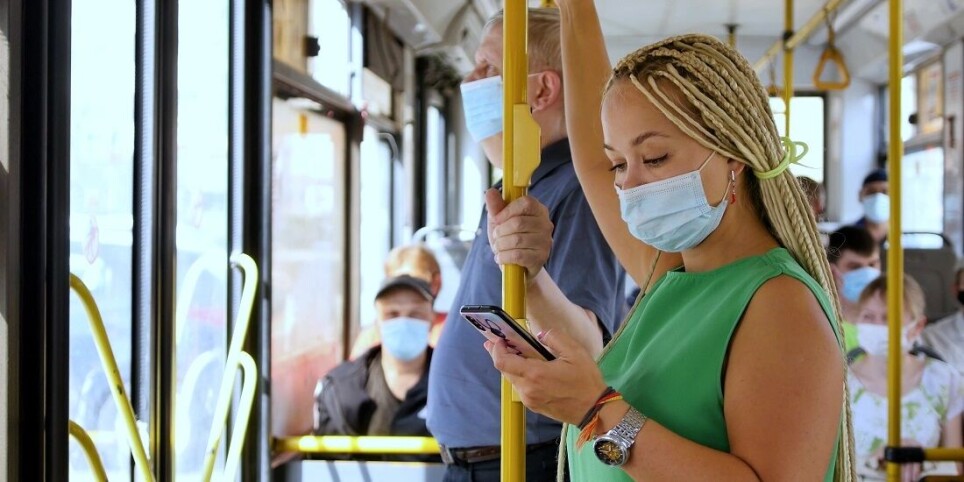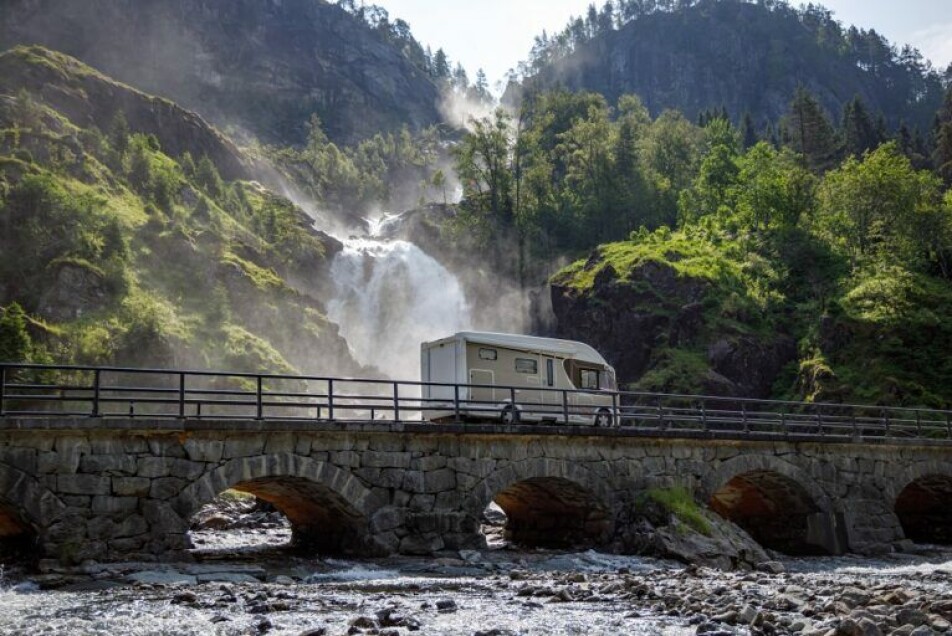THIS ARTICLE/PRESS RELEASE IS PAID FOR AND PRESENTED BY NTNU Norwegian University of Science and Technology - read more

Home offices continue to affect our travel patterns
When countries shut down during the pandemic, many people stayed home. Some replaced their old habits with new ones, either temporarily until society opened up again or continuing post-pandemic. What do these changes in habit mean for our travel patterns?
Home offices and digital meetings became the new normal for many people during the pandemic. Starting on 12 March 2020, Norwegians stayed home most of the time. When they had to go somewhere, people avoided public transport because they wanted to steer clear of crowds.
Some of us will continue with to work from our home office in the future, according to a new survey from NTNU – and this will have consequences for public transport.
“One in five say they will use public transport less in the future than they did before the pandemic,” Winnie Ma says.
She is a a PhD candidate in NTNU’s Department of Civil and Environmental Engineering.
This survey response aligns with the passenger figures for public transport in 2022. Passenger numbers for 2022 were 78 - 85 per cent of the numbers for 2018.
“It wasn’t that long ago that we were in the middle of the pandemic, so it will be interesting to see how the use of public transportation evolves in the next few years,” Ma says.
Surveyed habits
The researchers surveyed 360 participants in a medium-sized city in Norway in June 2021. By then, many people had received their first vaccine doses, and life was slowly returning to normal. This was a few months before the first reopening in September 2021.
The participants had to state their degree of agreement or disagreement with a number of statements regarding their level of activity during the pandemic. They were also queried on their anticipated activity level after the pandemic.
The researchers wanted to find out how people replaced certain activities, and whether travel habits would change in the future once people had tried out the new habits. Some of the changes would become permanent.
“People who had the opportunity, imagined that home offices and digital meetings would become part of the new normal as well. So we can expect less commuting to work in the future. It’ll be interesting to see if working from home will have a significant impact on smoothing out traffic peaks during the morning and afternoon rush hours,” Trude Tørset says.
She is a professor at NTNU’s Department of Civil and Environmental Engineering.
Many survey respondents find the social aspect of their workplace important and missed this during the pandemic. The survey shows that employees who participated in digital coffee breaks and similar activities envision using home offices more often in the future as well.

Outdoor activities changed
Some of the physical arenas were replaced with a digital presence and with more time outdoors, both in work contexts and in leisure time. The survey results show that some outdoor activities were reduced or cancelled, but other independent activities increased in scope.
“Several results were ambiguous, as in this case. We can interpret the results as different people having very different habits, or that they interpreted the question differently. In terms of the time spent outdoors – whether more and less – it’s conceivable that individuals who spent less time outdoors experienced their organised activities being put on hold, while increasing outdoor activities like walking, jogging and other exercise on their own,” Ma says.
The time spent outdoors changed in different ways for various groups of people. Pensioners and individuals with physical disabilities reduced their outdoor time the most.
This finding makes it clear that the pandemic had varied consequences for different groups in society.

New shopping habits
How we choose to shop can also change our travel patterns.
Almost four out of five respondents made fewer trips to shopping centres, in line with the country’s infectious disease advice.
Around 60 per cent of the survey respondents answered that they went to the store at times when it was less crowded, and the same number answered that they shopped more online during the pandemic compared to before.
“Home delivery of groceries did not become as popular as home delivery of other non-edible goods,” says Tørset. “Without asking the respondents to elaborate, it seems that different online shopping habits for different types of goods depended on how hard it was to buy an item. Maybe we’d be willing to wait a week for a pair of work-out tights to arrive in the post, but we didn’t want to wait a couple days for dinner ingredients we wanted to use right away. That would require more planning by people, I would think.”
So what now?
These survey responses pertained to the summer of 2021. What can we expect in the future? Will the new habits stick?
Some activities are clearly more popular than others. The greatest interest for people, other than continued use of home offices and digital meetings, involves being outdoors and going on holiday domestically. A large segment of those surveyed plan to go to shopping centres less than they did before, but we also find a group who intends to go more often now following the pandemic than before.
However, 70 per cent of the respondents answered that they would retain a lot of the habits they had before the pandemic, including transportation choices, shopping habits and use of digital platforms for leisure and training.
“We have some previous experience from other major events that changed people’s habits. Those findings show that people return to the old normal after a while, even if they didn’t plan to,” Fredrik Solvi Hoen says.
He is a PhD candidate at the Department of Civil and Environmental Engineering.
“We think it may have something to do with the practicality of doing the particular activity,” Hoen says. “If it turns out to be more convenient to use public transportation, people will go back to it. And if it’s more practical to work from home a few days a week, that could be a new habit that sticks. The survey results indicate that one in four people would like to cycle or walk more to work. It would be interesting to follow up on that finding."
Reference:
Winnie Ma et.al.: No way back? A survey on changes in travel demand post-pandemic in Norway, Case Stud Transp Policy, 2023.
Read more content from NTNU:
-
Forever chemicals affect ducklings' genes while they are still in the egg
-
Why are pregnant women in Norway so worried?
-
Politics on Facebook: Populist parties choose divisive issues on purpose
-
Social media is connected to cyberbullying – but not how we thought
-
Forskere ved NTNU får nesten 24 millioner av EU for å lage nye strømomformere
-
This helps the youngest children enjoy school more





































